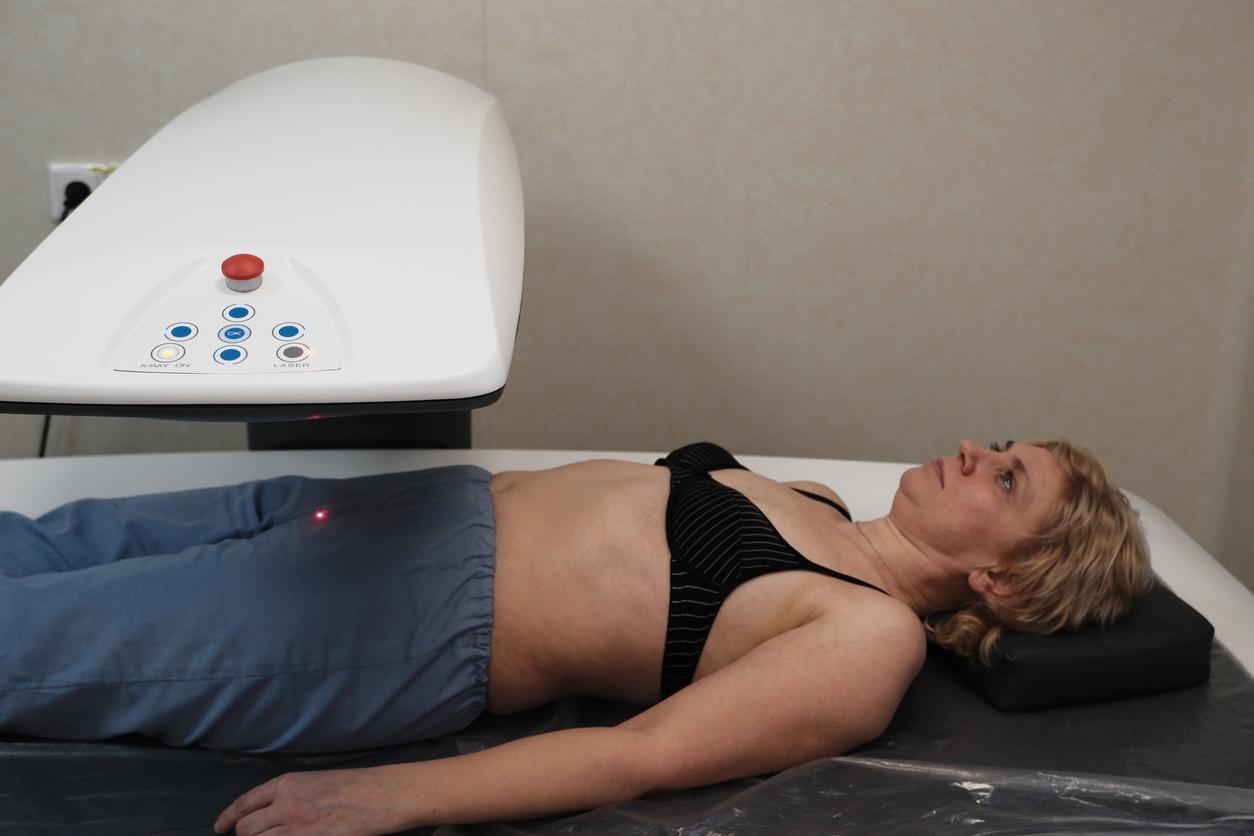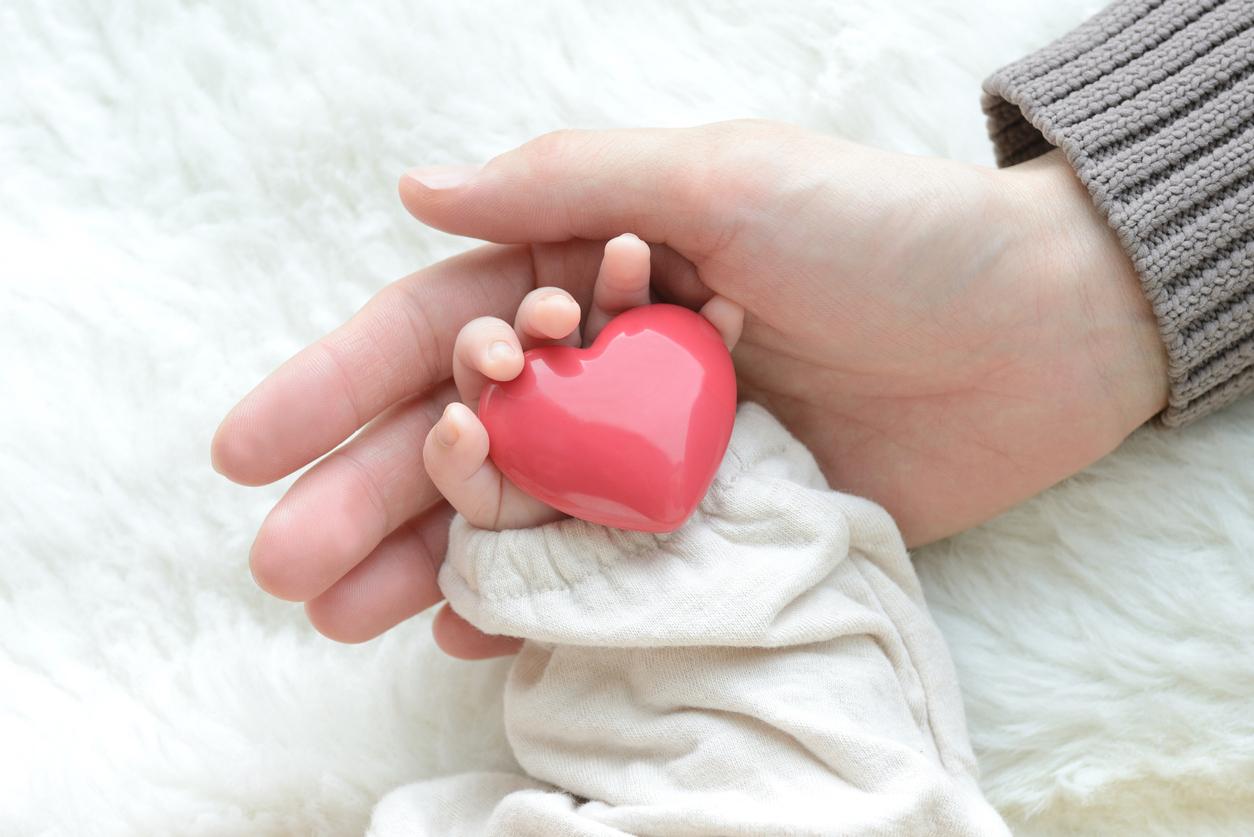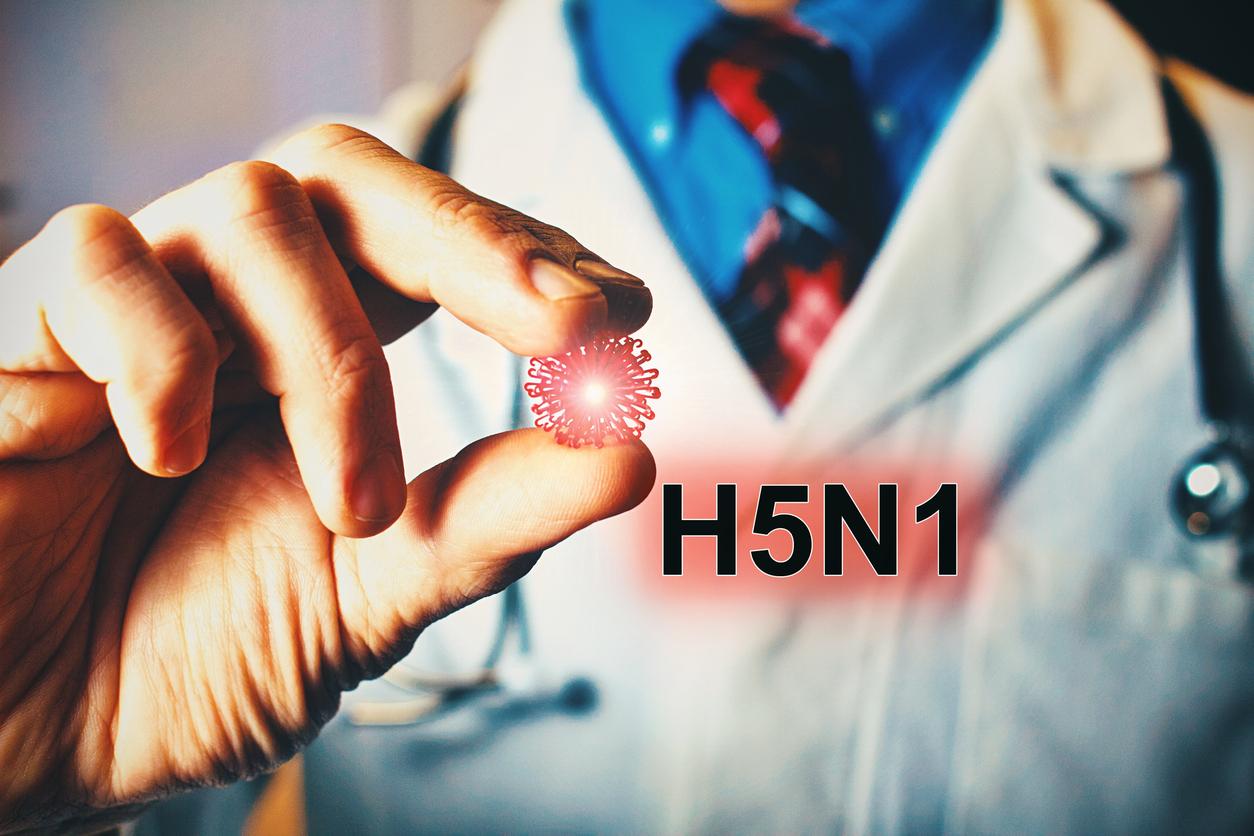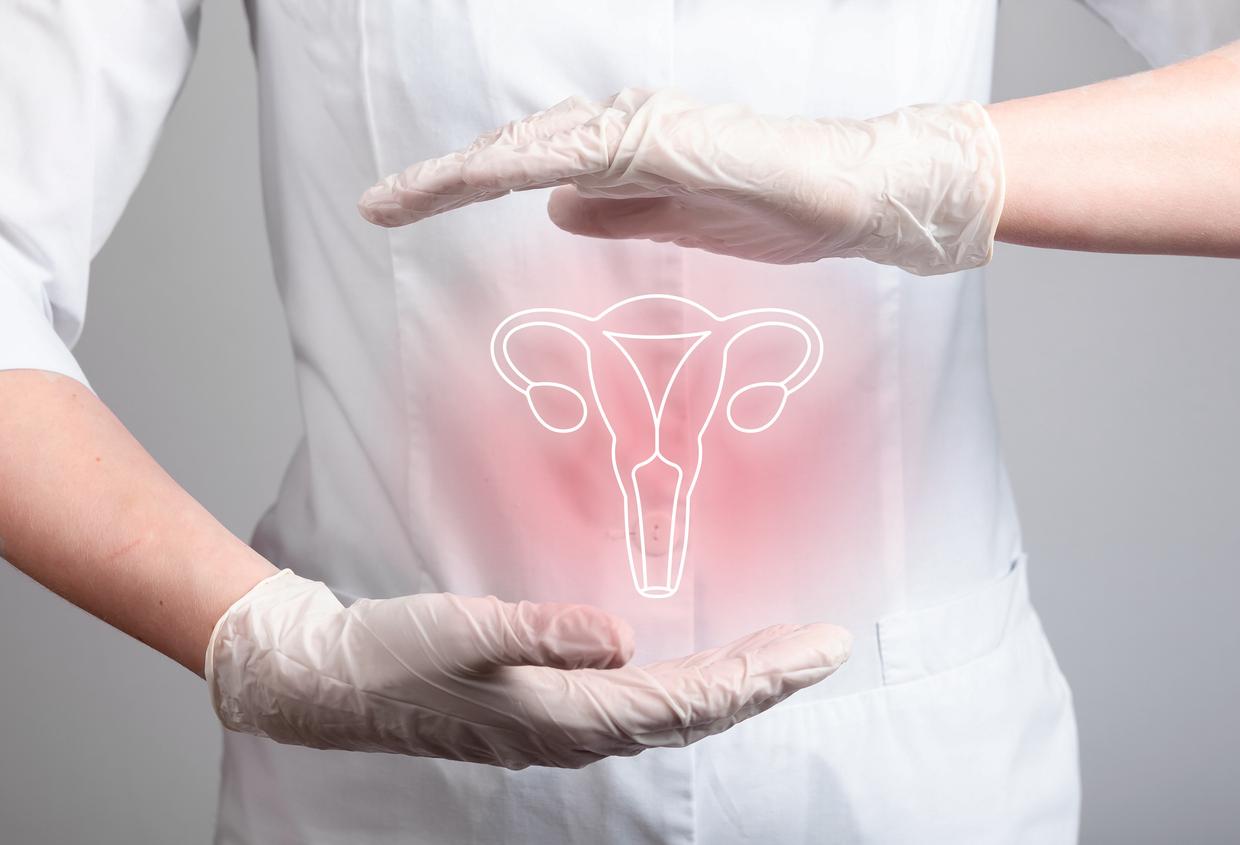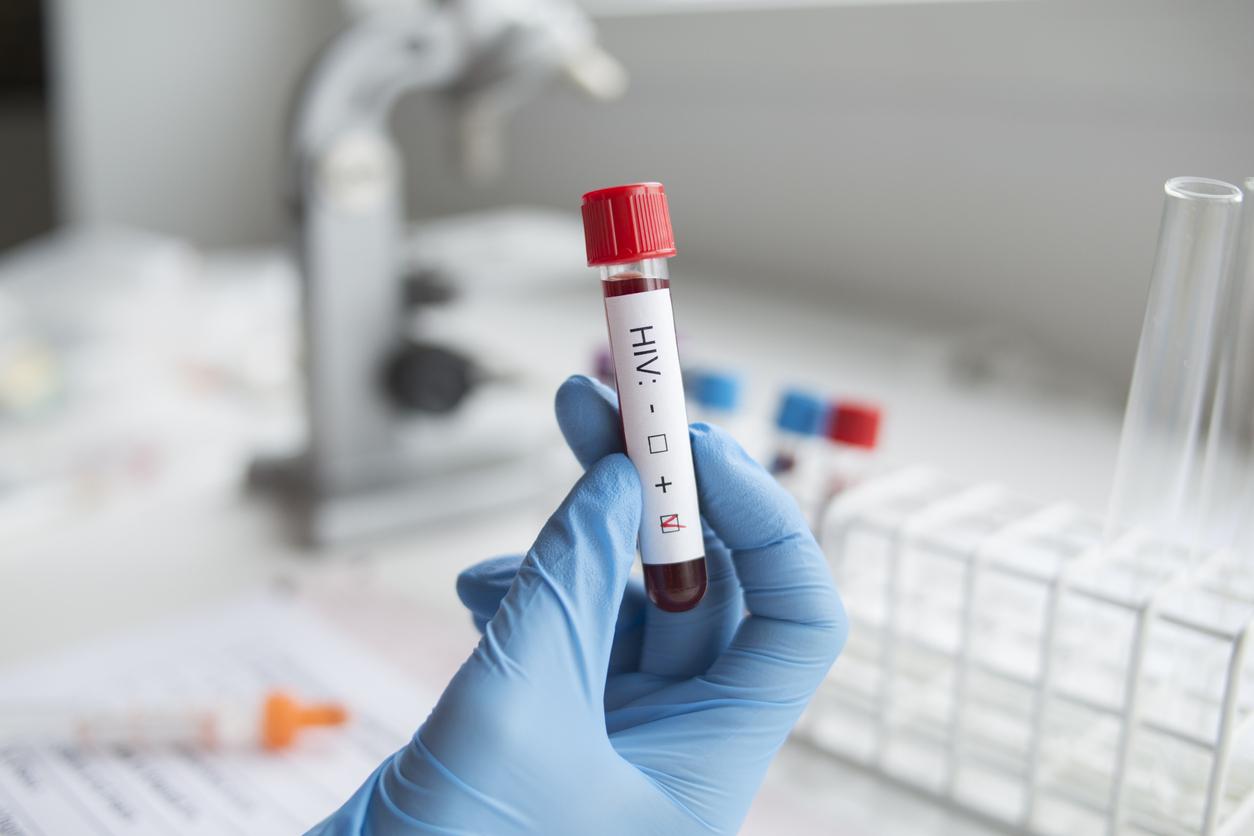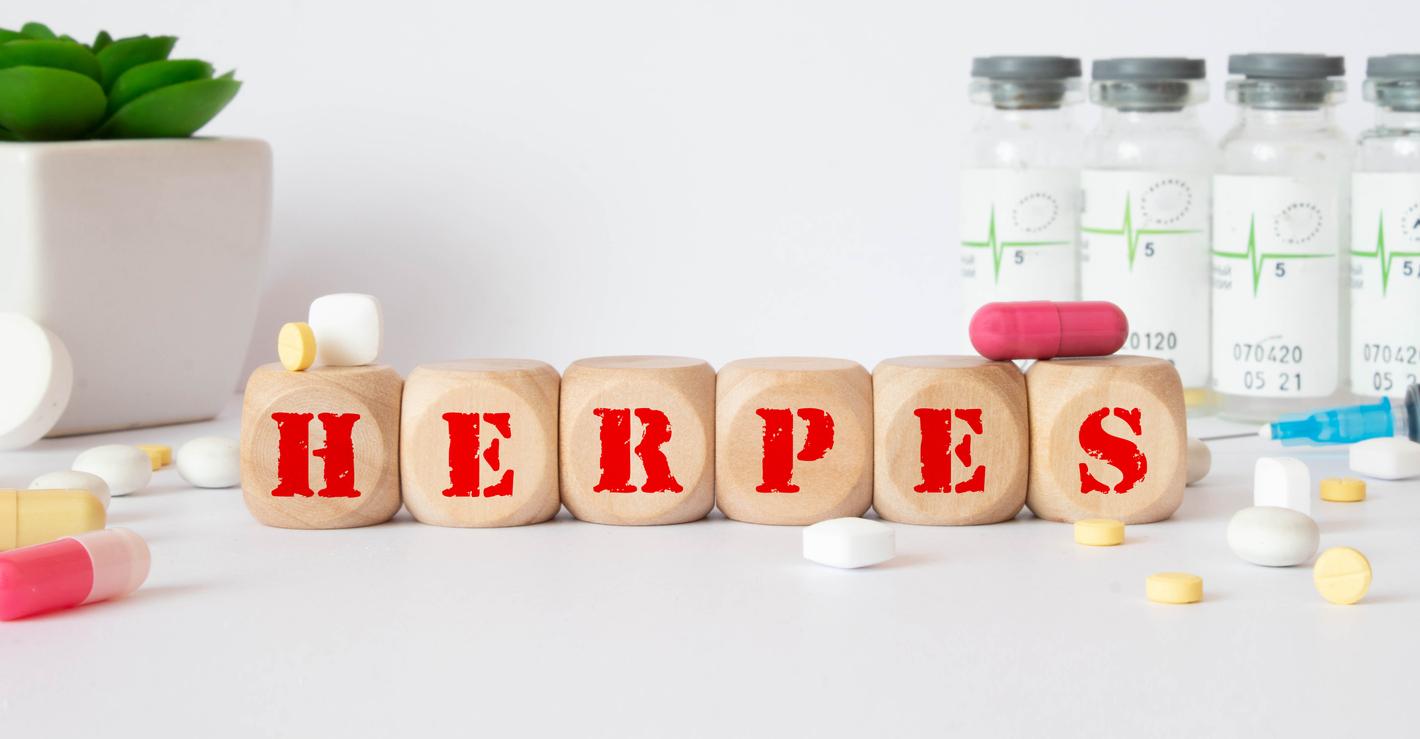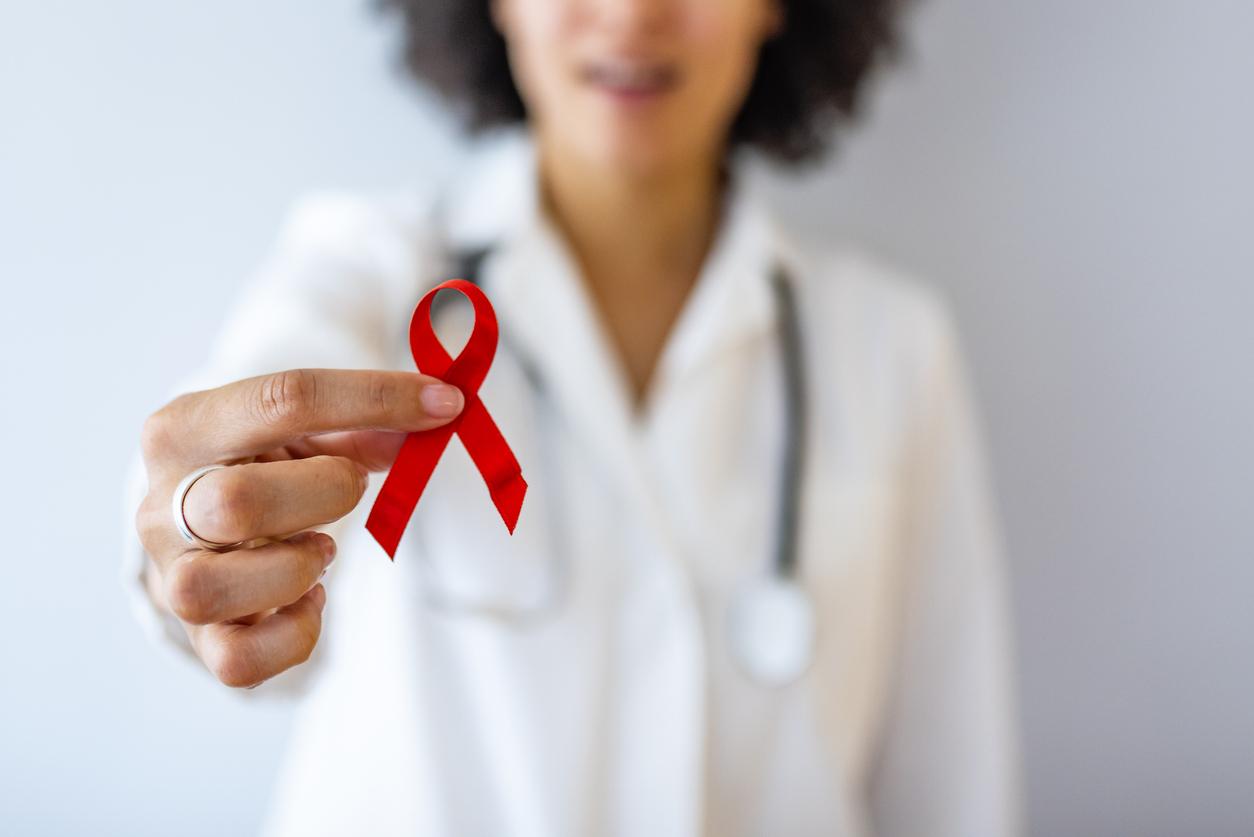Mpox, formerly known as monkeypox, is a viral disease that can spread quickly. By understanding prevention measures and taking simple actions, you can protect yourself and others. Discover essential tips to reduce the risk of contagion.

- Mpox is mainly transmitted through direct contact with an infected person or contaminated objects.
- Preventive measures include frequent hand washing, isolating infected people and disinfecting surfaces.
- If you have symptoms, seek medical attention immediately and inform your close contacts.
Mpox, also known as monkeypox, is a viral disease that has gained global attention in recent years due to its potential to spread rapidly beyond the regions where it was historically confined. Although the disease is generally less severe than other viral infections, such as smallpox, it can lead to serious complications, particularly in immunocompromised individuals, children, and the elderly. It is therefore crucial to know how to protect yourself and others from this infection.
Understanding Mpox Transmission
Mpox is primarily transmitted through direct contact with bodily fluids, broken skin, or respiratory droplets from an infected person. It can also be contracted by touching objects, clothing, or bedding that have the virus on them. Unlike some respiratory illnesses like COVID-19, Mpox doesn’t spread as easily through the air, but that doesn’t mean you can be complacent.
Symptoms of Mpox often begin with fever, headache, muscle aches, and severe fatigue, followed by a characteristic rash that develops into blisters and then crusts. These symptoms can last two to four weeks. The incubation period, or the time between exposure to the virus and the onset of symptoms, is typically 6 to 13 days, but can be up to 21 days.
Individual preventive measures against Mpox
– Avoid contact with infected people : The first line of defense against Mpox is to avoid close contact with anyone showing symptoms of the disease. This includes direct physical contact as well as sharing clothing, bedding, or other objects that could be contaminated.
– Hand washing : As with many infectious diseases, frequent hand washing with soap and water is a simple but extremely effective measure. In the absence of soap and water, hydroalcoholic gel can be used as an alternative.
– Wearing a mask and gloves : When in close contact with a potentially infected person, wearing a mask and gloves can reduce the risk of transmission. This is especially important for healthcare workers or people caring for sick family members.
– Cleaning and disinfection : Regular cleaning and disinfecting of potentially contaminated surfaces, clothing and objects is essential. Common household disinfectants are effective against the virus.
Community protection measures
– Isolation of infected people : If you or a member of your household has symptoms of Mpox, it is important to isolate yourself from others to avoid spreading the infection. This includes staying in a separate room and using separate personal items, such as towels and cutlery.
– Inform close contacts : If you are diagnosed with Mpox, it is crucial to promptly inform people you have been in close contact with. This allows them to monitor for symptoms and take steps to avoid spreading the virus to others.
– Vaccination : Although the smallpox vaccine may provide some protection against Mpox, specific vaccines are being developed and may be recommended for high-risk individuals, such as health care workers. Consult your doctor to see if you are eligible for vaccination.
What to do if you have symptoms?
If you develop symptoms suggestive of Mpox, such as fever followed by a rash, it is important to seek medical advice immediately. Avoid going straight to a hospital or doctor’s office to avoid the risk of infecting others; instead, contact your doctor by telephone for advice on what to do next.
Once diagnosed, follow your doctor’s recommendations, which may include home isolation, taking antiviral medications if needed, and supportive care to relieve symptoms.
Mpox is a serious disease, but simple actions can greatly reduce the risk of spreading. By following prevention advice, you help protect not only your health, but also that of your community. Vigilance and collective responsibility are essential to contain this epidemic and limit its impact.
LakeWhat to do if exposed to Mpox
If you have been in contact with a person infected with Mpox:
– Monitor your symptoms : Be alert for fever, muscle aches, or rash within 21 days of exposure.
– Limit your contacts : Avoid close contact with other people, especially vulnerable people, during this incubation period.
– Consult a doctor : If symptoms occur, contact a healthcare professional immediately for evaluation and follow their recommendations strictly.
By adopting these measures, you are helping to limit the spread of the virus.




